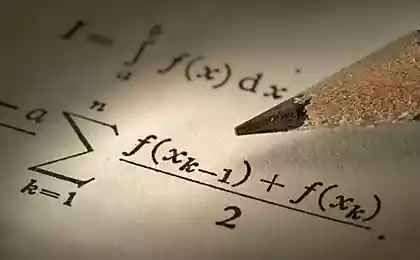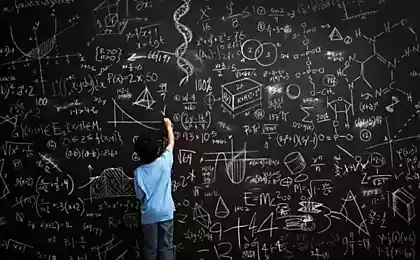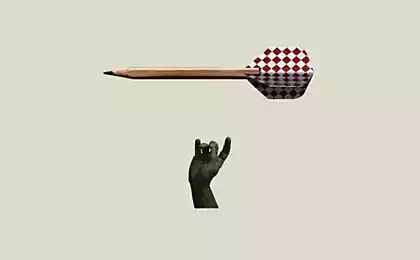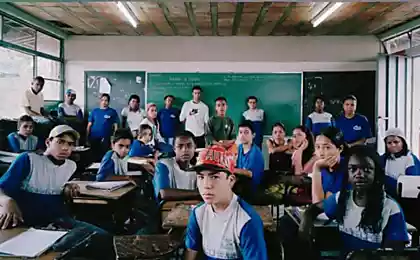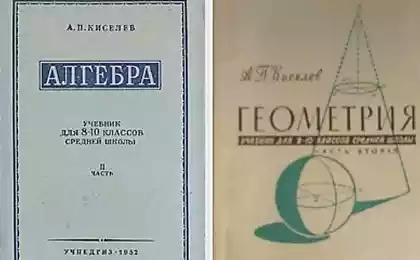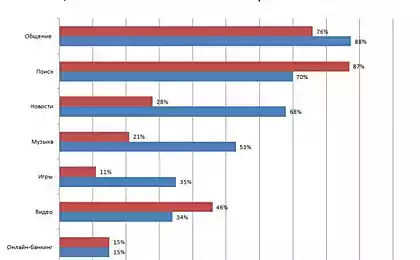130
A school example that made you hang and fall into a stupor of users with a brilliant higher education
“In your years, I clicked these puzzles like nuts,” parents often tell children, and they themselves fall into a stupor, unsuccessfully trying to solve the simplest examples in three actions. One such example we offer to our readers. It is difficult to say what the cause is, but in adults, the answers to it sometimes turn out to be the most unexpected.

Peels Examples in Three Actions So, we propose to solve the following example 12/2 (1+2). What is there to argue about? It's math! And to get the answer, you just need to build the right order of calculations.
367483
Every student knows that arithmetic actions are performed in turn from left to right. At the same time, first of all, actions are done in brackets, then division and multiplication, and only then addition and subtraction. In words, simple, but in practice, problems arise. Where would the answer “9” and “2” come from?
View this post on Instagram
Publication from Elementary Class Teachers (@tatianavladi0801)
According to the rules, we first perform actions in brackets. 1 + 2 = 3
Then from left to right:
12/2 = 6
6 x 3 = 18

“But it is not right,” the pope, who has been trained in higher mathematics, enters the conversation, “the sign (/) means fraction. In this case, everything after it should be considered as a denominator. So the answer is 2!

What should an excellent son say to such a father? I'd say, "Where's the bracket, Dad?" In theory, division can be denoted by a colon (:), an obelus (÷), a slash (/) or a fractional sign (-). With computer input, the fraction sign is often replaced with a slash for simplicity. Therefore, many people mistakenly perceive the expression “12 / 2 (1 + 2)” as a fraction, where in the numerator 12, and in the denominator “2 (1 + 2)”.

However, it is very important to remember that if in the denominator we have not a number, but some arithmetic expression, then when writing a fraction in a line, it is taken in brackets according to the rules. If our example had the form 12 / (2 (1 + 2)), then the "/" sign would be equivalent to the fractional line. But there is no bracket behind the division sign, which means It should be considered as a branch in this case..
Hence 12/2 (1+2) equals 18, not 2, as some users claim. So, The correct answer is 18.. What was your result? Perhaps we miscalculated somewhere and made a mistake? Give me your opinion on this.

Peels Examples in Three Actions So, we propose to solve the following example 12/2 (1+2). What is there to argue about? It's math! And to get the answer, you just need to build the right order of calculations.
367483
Every student knows that arithmetic actions are performed in turn from left to right. At the same time, first of all, actions are done in brackets, then division and multiplication, and only then addition and subtraction. In words, simple, but in practice, problems arise. Where would the answer “9” and “2” come from?
View this post on Instagram
Publication from Elementary Class Teachers (@tatianavladi0801)
According to the rules, we first perform actions in brackets. 1 + 2 = 3
Then from left to right:
12/2 = 6
6 x 3 = 18

“But it is not right,” the pope, who has been trained in higher mathematics, enters the conversation, “the sign (/) means fraction. In this case, everything after it should be considered as a denominator. So the answer is 2!

What should an excellent son say to such a father? I'd say, "Where's the bracket, Dad?" In theory, division can be denoted by a colon (:), an obelus (÷), a slash (/) or a fractional sign (-). With computer input, the fraction sign is often replaced with a slash for simplicity. Therefore, many people mistakenly perceive the expression “12 / 2 (1 + 2)” as a fraction, where in the numerator 12, and in the denominator “2 (1 + 2)”.

However, it is very important to remember that if in the denominator we have not a number, but some arithmetic expression, then when writing a fraction in a line, it is taken in brackets according to the rules. If our example had the form 12 / (2 (1 + 2)), then the "/" sign would be equivalent to the fractional line. But there is no bracket behind the division sign, which means It should be considered as a branch in this case..
Hence 12/2 (1+2) equals 18, not 2, as some users claim. So, The correct answer is 18.. What was your result? Perhaps we miscalculated somewhere and made a mistake? Give me your opinion on this.
The captain of the ship taught to salt pink salmon so that it tastes better than salmon, garlic is not added to the marinade
Matvey did not let anyone into his apartment, but the investigator persuaded him and entered the house of an independent boy.


